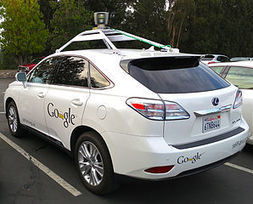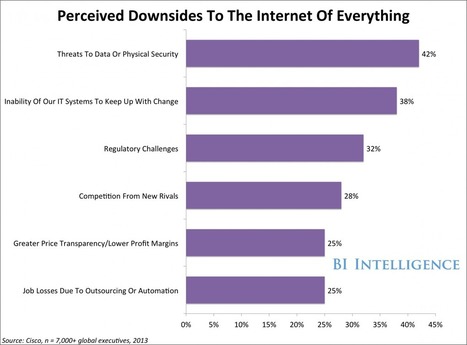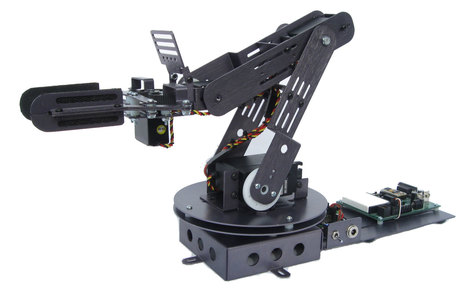A look inside TUV Rheinland's Internet of Things (IOT) test center in Silicon Valley
Get Started for FREE
Sign up with Facebook Sign up with X
I don't have a Facebook or a X account
 Your new post is loading... Your new post is loading...
 Your new post is loading... Your new post is loading...

Jeff Domansky's curator insight,
December 22, 2014 10:43 PM
Good overview of Internet of Things trends

Luca Naso's curator insight,
November 29, 2013 11:19 AM
Here are five ways how car manufacturers can use the data cars generate to make our cars smarter: 1. Talking Cars 2. Decrease congestion 3. Proactive Maintenance 4. Self-Driving 5. Personalized Experience
James Jandebeur's curator insight,
October 4, 2013 1:28 AM
Print-on-Demand taking on Star Trek Replicator overtones. |

Jeff Domansky's curator insight,
April 16, 2015 10:38 AM
IoT devices have many security flaws that will be marketing's biggest challenge in the future. 
Jeff Domansky's curator insight,
April 16, 2015 6:37 PM
IoT devices have many security flaws that will be marketing's biggest challenge in the future. 
Кирилл Беличенко's curator insight,
November 30, 2022 6:35 AM
Wpływ cyberbezpieczeństwa na produkt końcowy

Jeff Domansky's curator insight,
December 14, 2014 11:34 PM
The Internet of things will disrupt your business. And so you really need to plan to accommodate it in your business of the future. |

















That tsunami of new IoT gadgets? They all have to be tested before they roll out into the world, not only to meet government regulations but to verify adherence to a host of voluntary standards, like WiFi, Bluetooth, ZigBee, Thread and others. That is a lot of testing. And that’s why TUV Rheinland recently opened a huge Silicon Valley test facility in Fremont, Calif. It’s important for testing to be near the design teams, says TUV Rheinland’s Sarb Shelopal, the company’s global director of wireless and IoT testing. Distance, he says—and Silicon Valley’s traffic—is a big deal when companies are trying to move fast. “Typically at the testing point,” says Shelopal, “a product team typically involves eight to ten people, but could be as big as 100, including safety engineers, software engineers, and hardware engineers. And when a product isn’t passing, we need to get them all in, and they will change this piece of hardware or this bit of software.” Many of the tweaks, he said, can be made on site, with companies only having to go “back to the drawing board if they have a huge flaw in their design.”